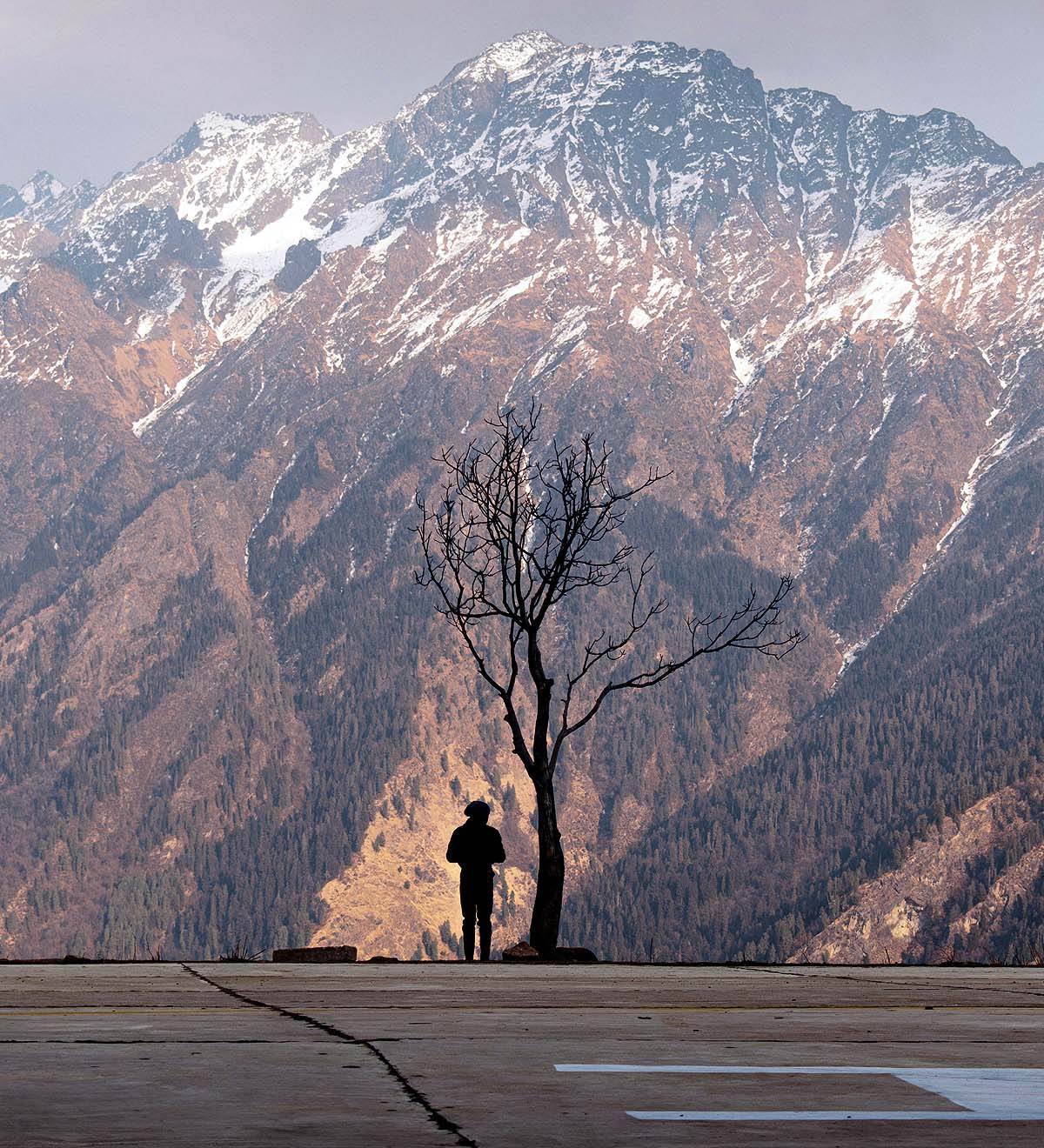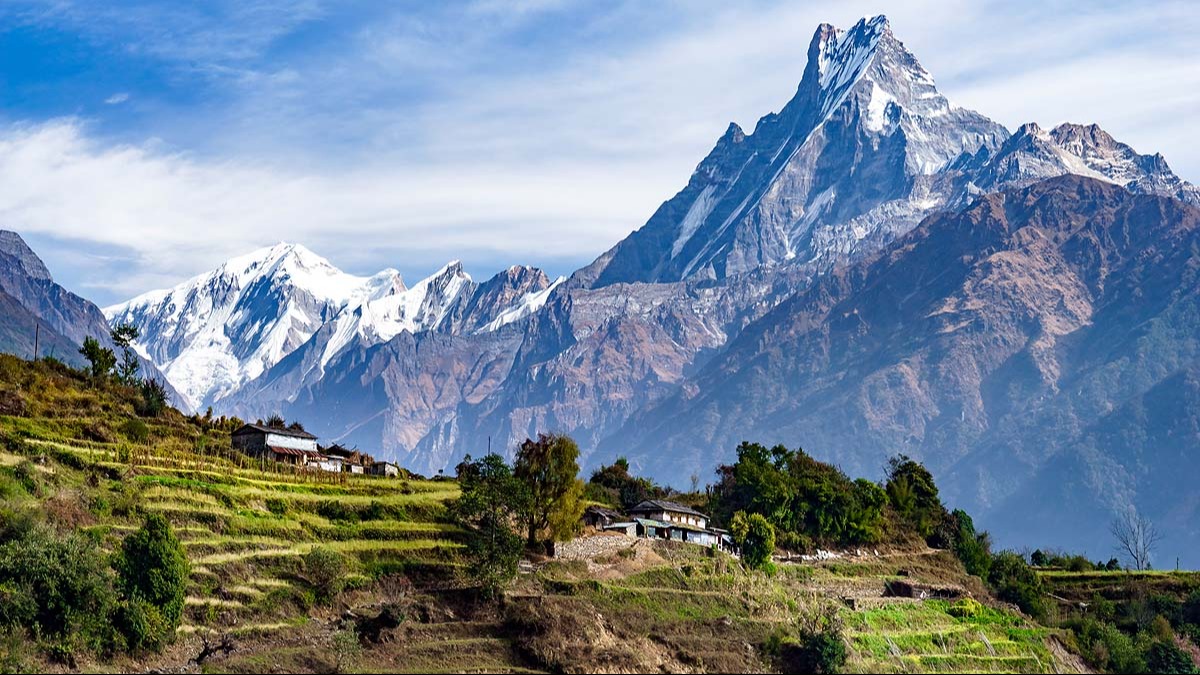From Nepal to the Hindu Kush Himalayas of India, the once snow-capped mountains stand nearly bare, a clear sign of climate change and global warming. Sparse snowfall has occurred in some Himalayan states, with some areas receiving none at all. Meteorologists hold out hope for the last days of January, despite current disappointments.
As of 2024, the entire winter season has remained dry. There's a striking 100% drop in January rains compared to last year’s 80% decrease in November and 79% in December.
Srinagar's Meteorological Department Head, Mukhtar Ahmad, anticipates possible snowfall in the next 7-8 days but acknowledges a reduction in the duration of winters over recent years. Previously, Jammu and Kashmir experienced winters from October to March, now reduced to December through January, with climate change and rising temperatures to blame. The shift in rainfall patterns has also disrupted the formation of snow, with less frequent precipitation translating to less snow accumulation.
This dilemma isn't confined to Kashmir but is also prevalent in Himachal Pradesh and Uttarakhand. The absence of snow in ski resorts has led to the cancellation of ski competitions. The Annapurna Range in Nepal also faces minimal snow cover. Professor Rijan Bhakta of Kathmandu University reports significantly reduced rainfall this year, particularly during the winter months, with a notable decrease in snowfall across the Nepalese Himalayas.

Source: aajtak
Delay in rainfall and scanty snowfall in the Himalayas could deteriorate the region's hydroecology, with crops suffering the consequences. The patterns of absent rainfall and diminished snowfall clearly indicate swift climatic shifts in the Himalayas, marked by rising temperatures.
According to Mahesh Palawat, Vice President of Skymet Weather, the Himalayan region is highly sensitive to temperature and rainfall changes, with noticeably reduced snowfall in the northern mountainous regions of India. The intensity of Western Disturbances, which influences winter precipitation, has also declined. Snowfall was late last year, occurring only at the end of December 2022 and again at the end of January 2023.
An ICIMOD study reveals that Himalayan glaciers have melted at a rate exceeding 65% during the 2010s, a significant increase from previous decades. Last year, the UN Secretary-General Antonio Guterres visited Nepal and learned that Nepal had lost around a third of its snow cover, a drastic reduction occurring within just 30 years. The Himalayas have experienced a temperature rise of 0.74 degrees Celsius within the last century.




